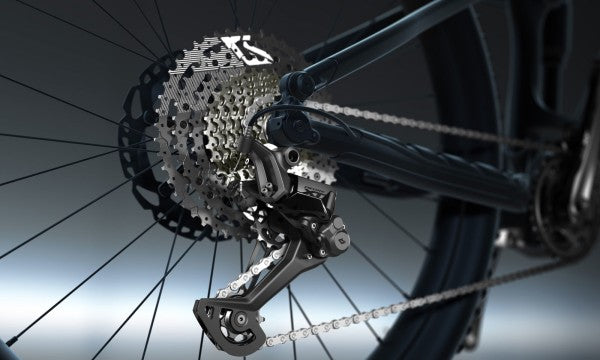Title: Unveiling the Braking Battle: E-Bike Liquid Brakes vs. Mechanical Brakes
Introduction:
As the world embraces the green revolution, electric bikes (e-bikes) have become a popular choice for eco-conscious commuters and adventure seekers alike. One crucial aspect of e-bikes that riders often ponder upon is the braking system. The two primary contenders in this arena are liquid brakes and mechanical brakes. Let's delve into the intricacies of each to unravel the mystery behind their differences.
I. The Basics:
-
Mechanical Brakes: Mechanical brakes are the traditional choice for bicycles and early e-bike models. They operate through a cable system, where the rider's hand force is transferred through cables to actuate the brake mechanism. This simplicity makes them easy to maintain and repair.
-
Liquid Brakes: Liquid brakes, on the other hand, are a more sophisticated alternative. Also known as hydraulic brakes, they use brake fluid to transfer force from the brake lever to the braking mechanism. This fluid-filled system provides a more responsive and powerful braking experience.
II. Performance Factors:
-
Power and Modulation:
- Mechanical Brakes: While mechanical brakes get the job done, they often require more hand strength to achieve the same level of braking power. Modulation, or the ability to control the braking force precisely, can be more challenging with mechanical systems.
- Liquid Brakes: Hydraulic brakes excel in both power and modulation. The hydraulic fluid ensures a consistent and smooth braking experience, and riders can achieve precise control with minimal effort.
-
Heat Dissipation:
- Mechanical Brakes: Mechanical brakes may be more prone to heat build-up during prolonged use, affecting their performance. This can lead to a phenomenon known as brake fade, where the brakes become less effective due to overheating.
- Liquid Brakes: Hydraulic systems, with their fluid-filled design, have a superior ability to dissipate heat. This makes them more reliable in situations where extended braking is required, such as long descents.
III. Maintenance and Repairs:
-
Ease of Maintenance:
- Mechanical Brakes: The cable system in mechanical brakes is relatively simple, making them easier to maintain. Riders can adjust cables and replace parts with minimal expertise.
- Liquid Brakes: Hydraulic systems may be more complex, requiring specific knowledge and tools for maintenance. However, they often demand less frequent adjustments and offer a longer service life.
-
Repairability:
- Mechanical Brakes: In the event of a failure, mechanical brakes are generally easier to repair on the go. Riders can often make basic adjustments or repairs without specialized tools.
- Liquid Brakes: Hydraulic systems might pose a challenge for roadside repairs due to their complexity. However, proper maintenance can significantly reduce the likelihood of sudden failures.
Conclusion:
In the eternal battle between e-bike liquid brakes and mechanical brakes, the choice ultimately boils down to individual preferences and riding conditions. While mechanical brakes offer simplicity and ease of maintenance, liquid brakes provide superior performance and modulation. Whether you're navigating urban streets or conquering rugged terrains, understanding the nuances of these braking systems empowers you to make an informed decision based on your riding style and preferences. So, the next time you hit the road on your e-bike, rest assured that your braking system is tailored to meet your specific needs.



